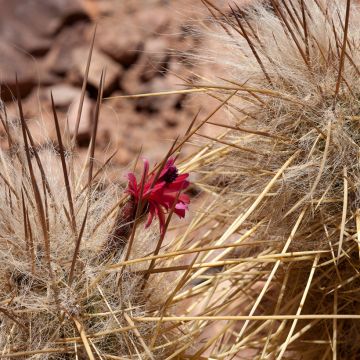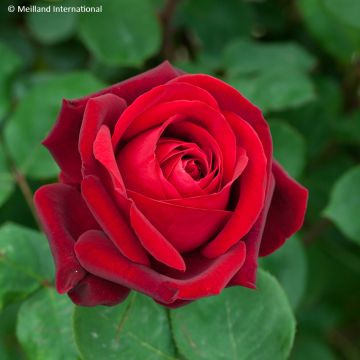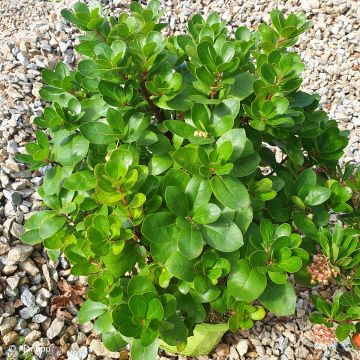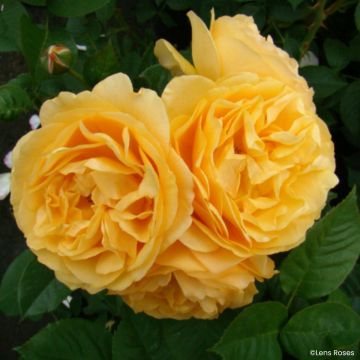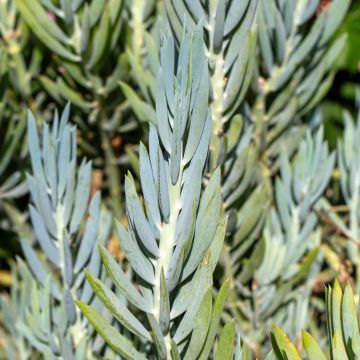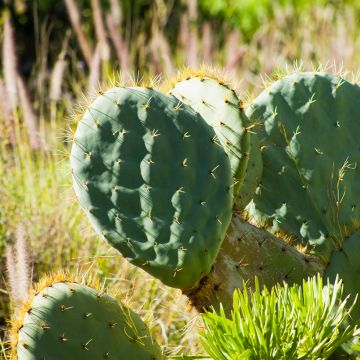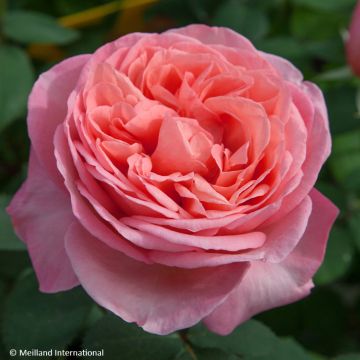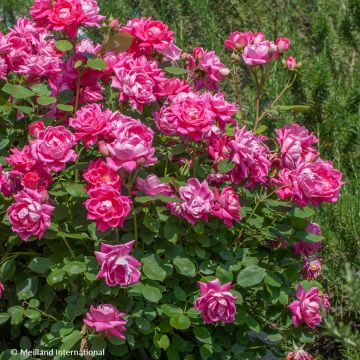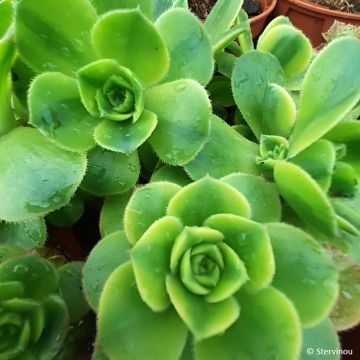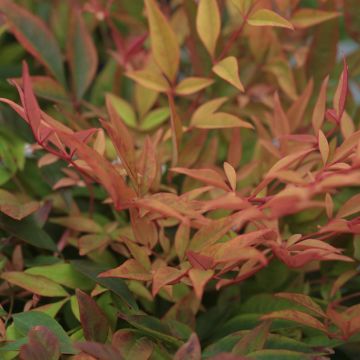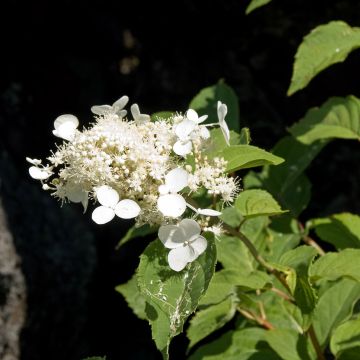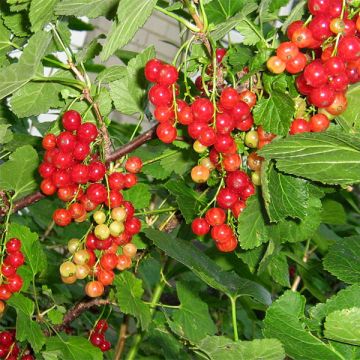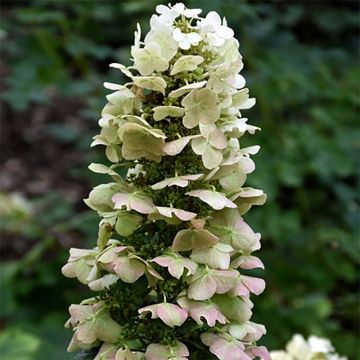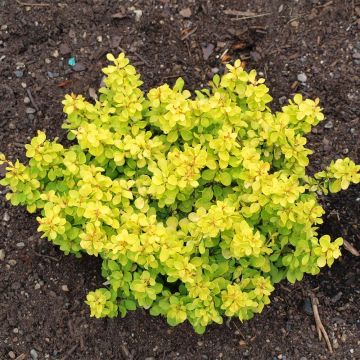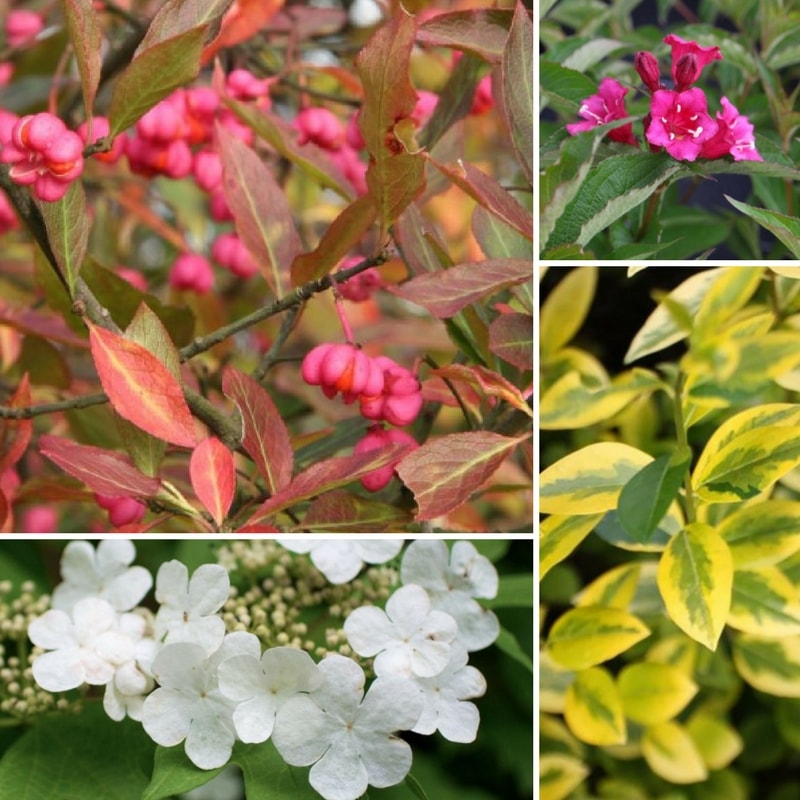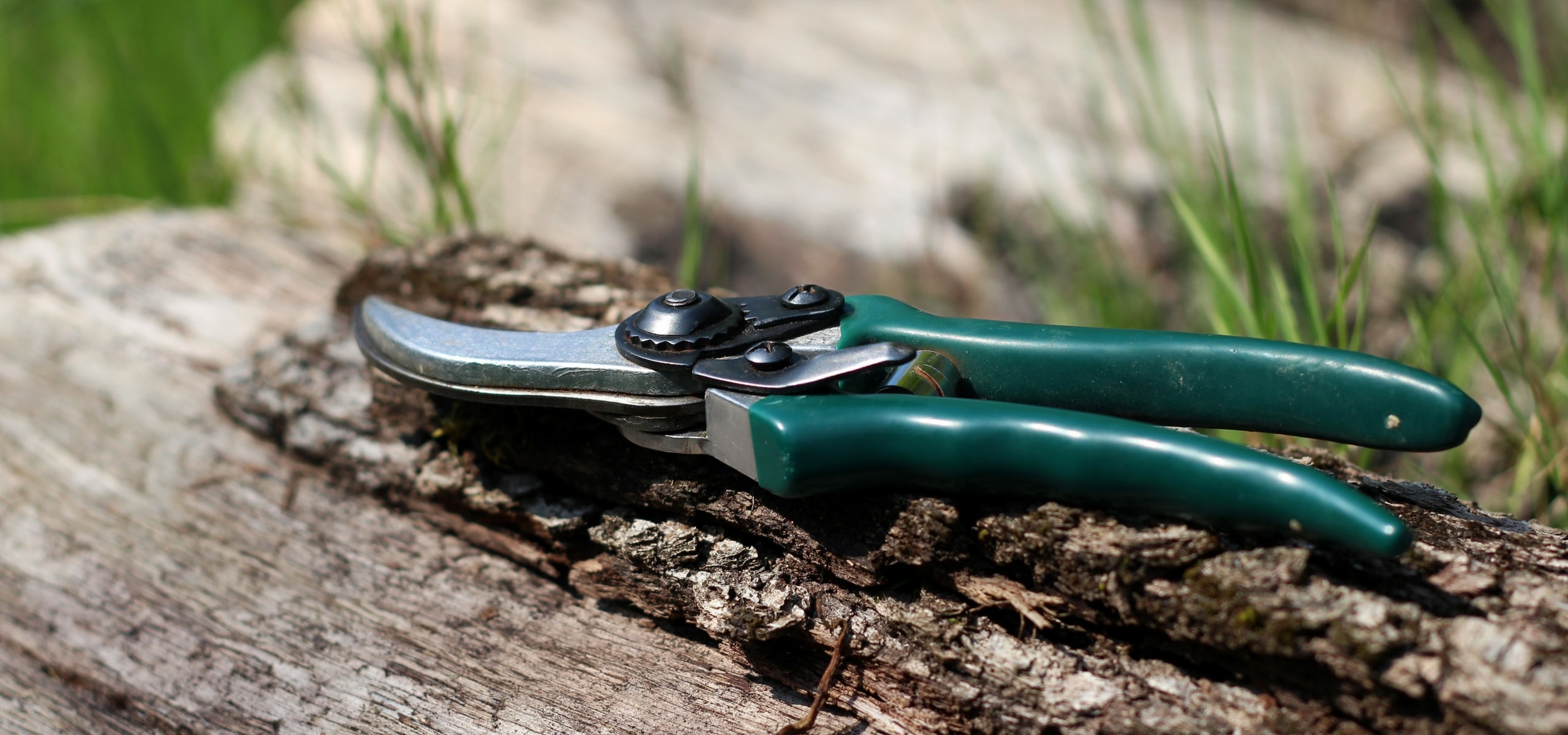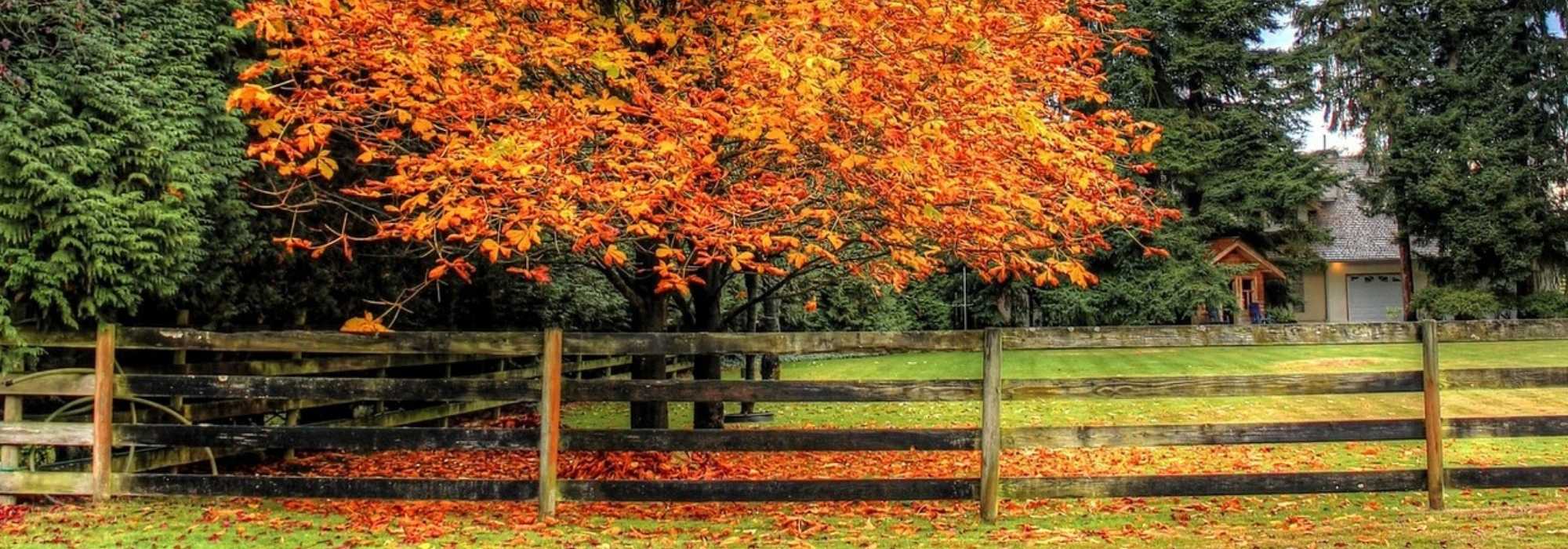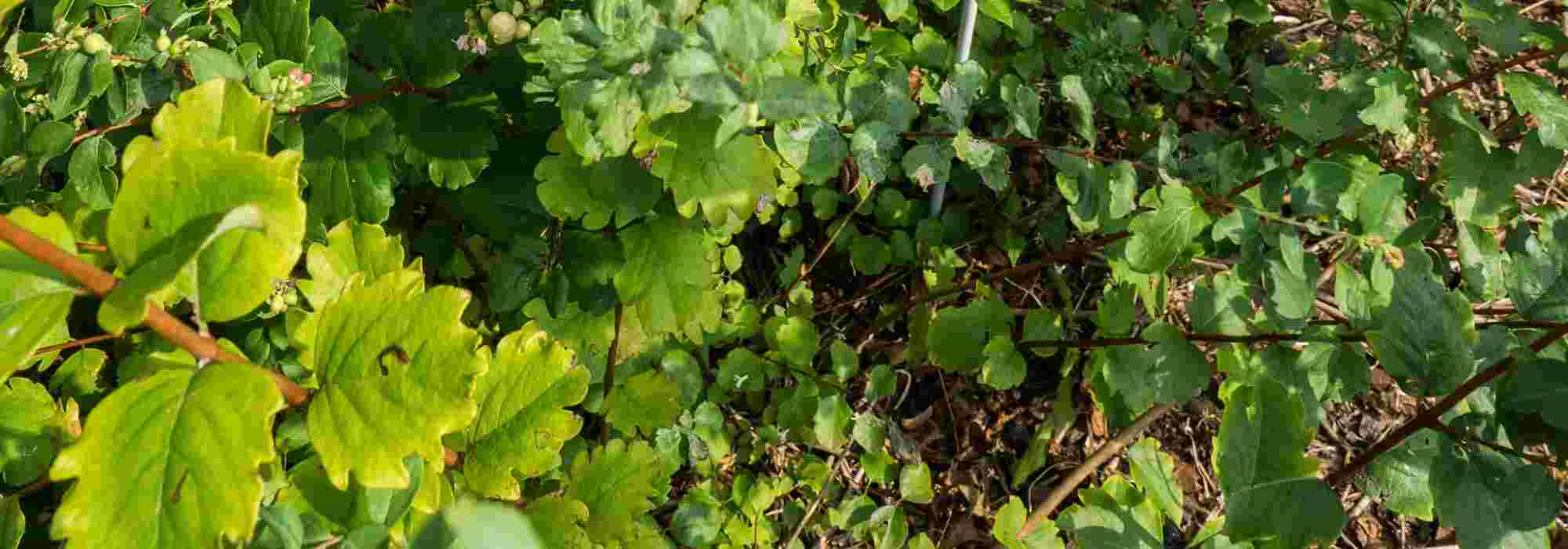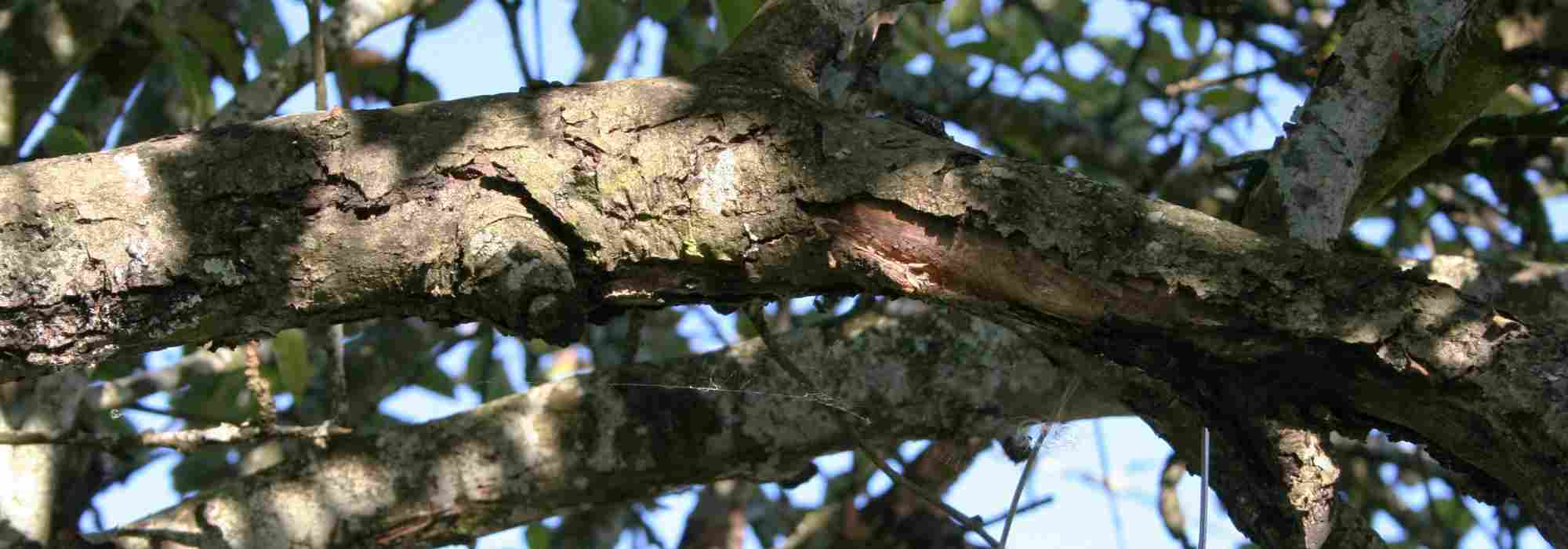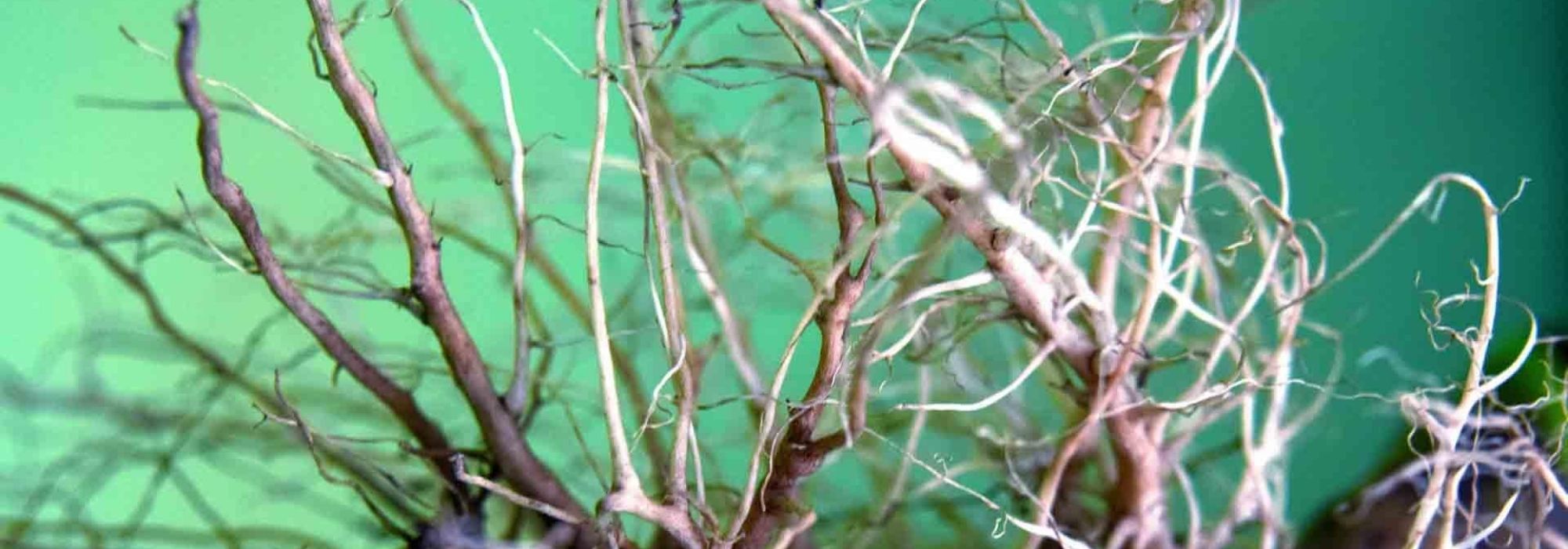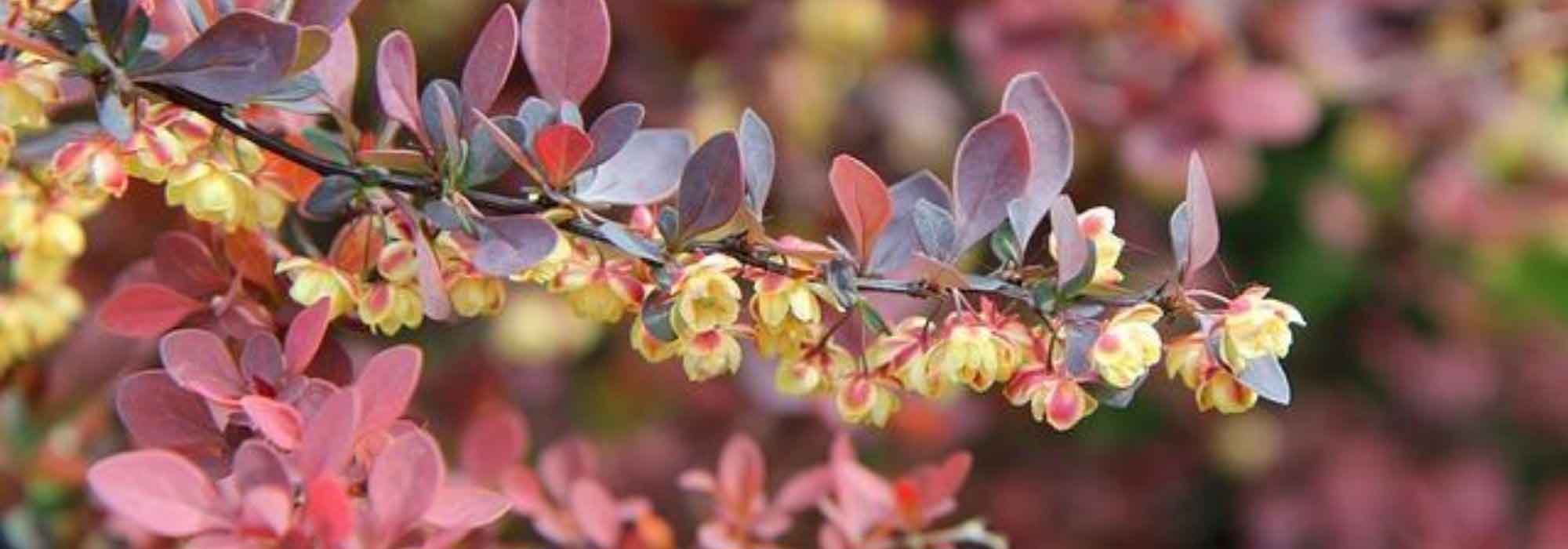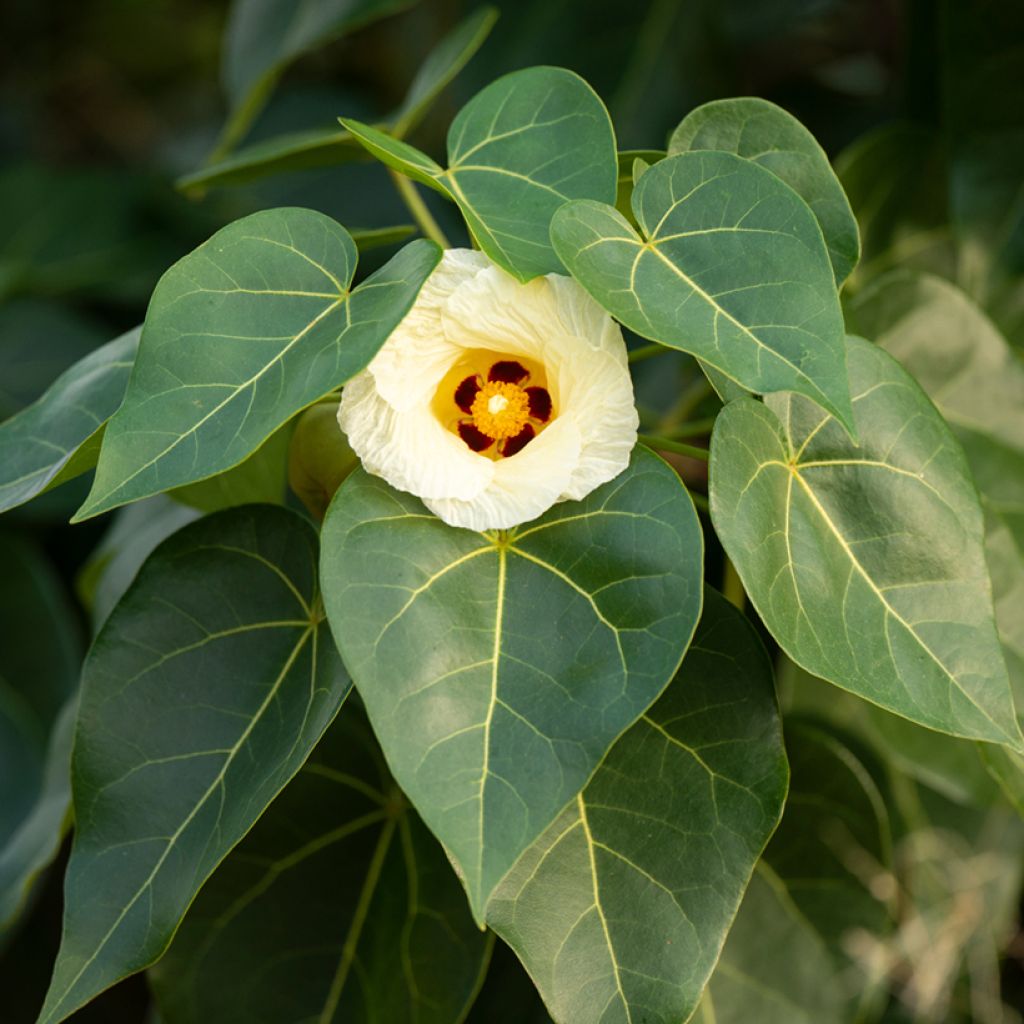

Thespesia populnea - Portia tree
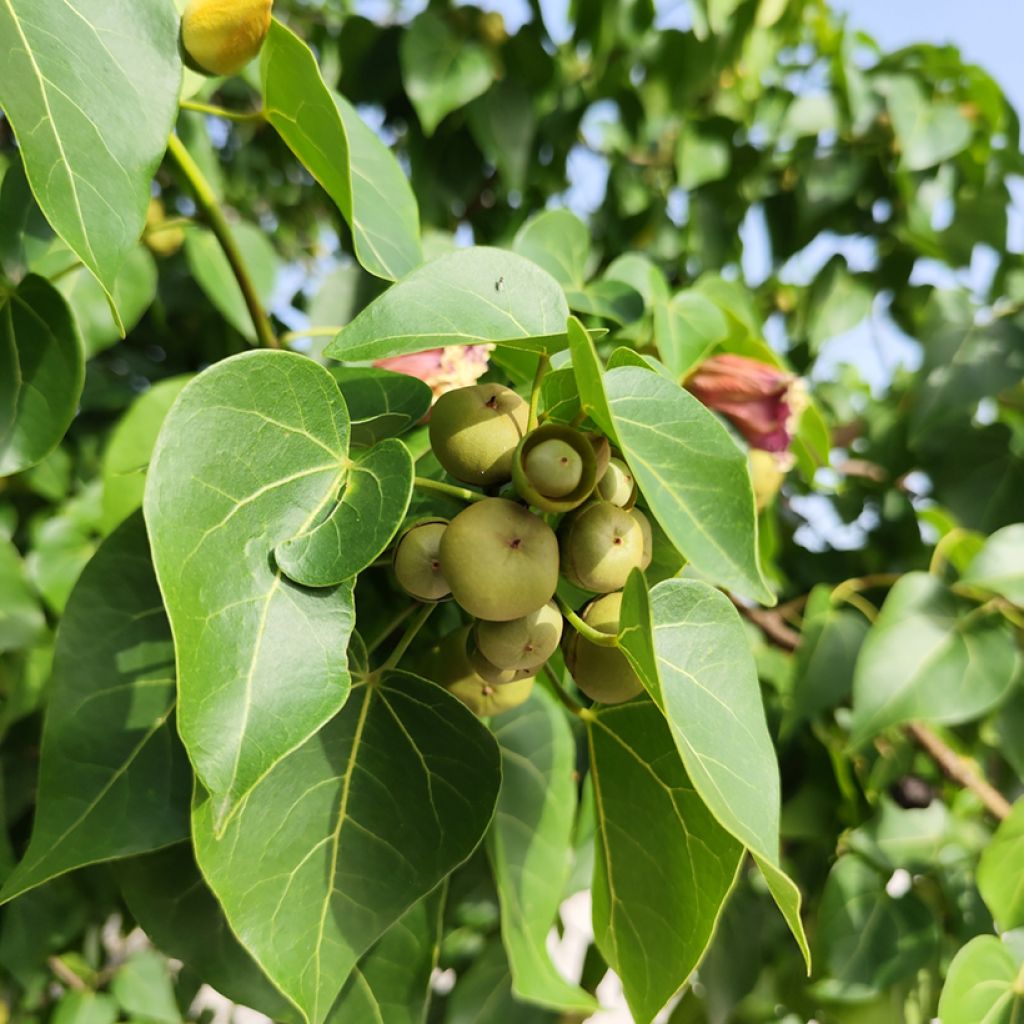

Thespesia populnea - Portia tree
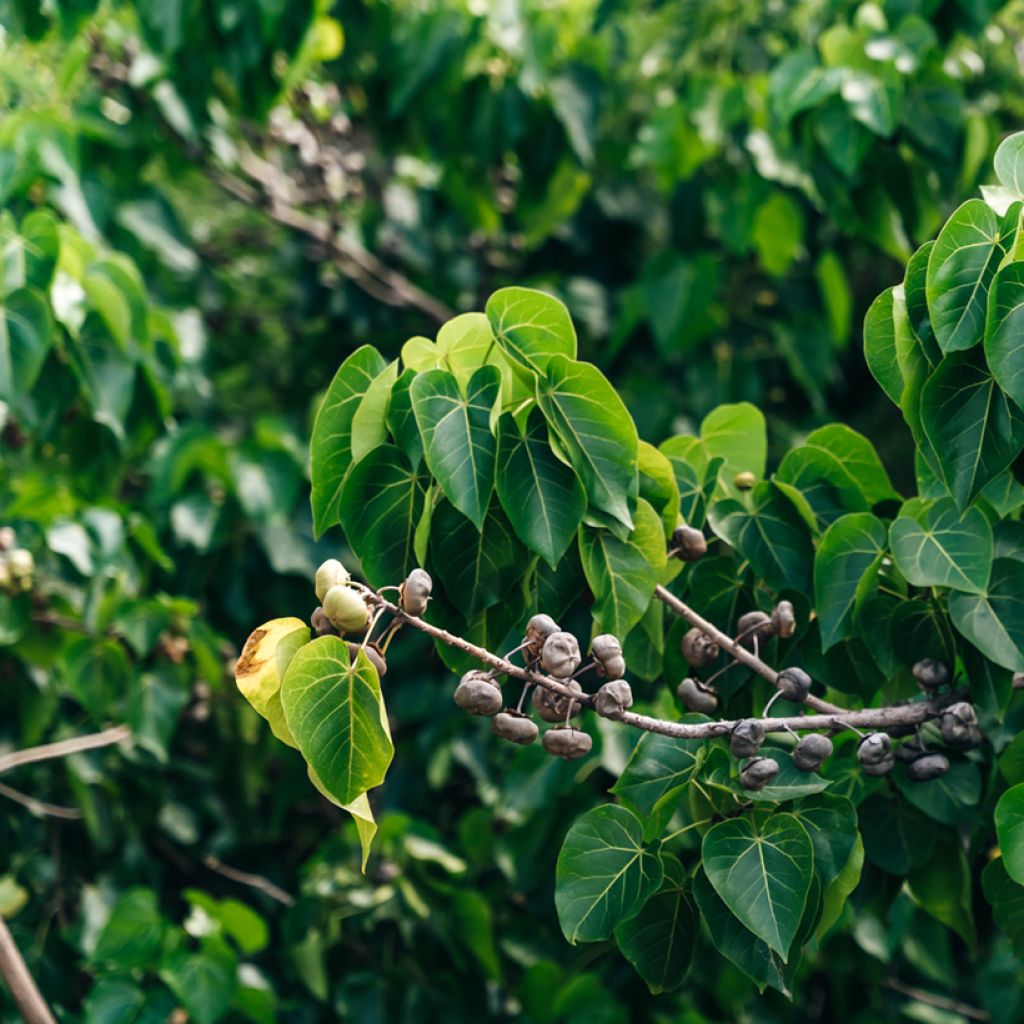

Thespesia populnea - Portia tree
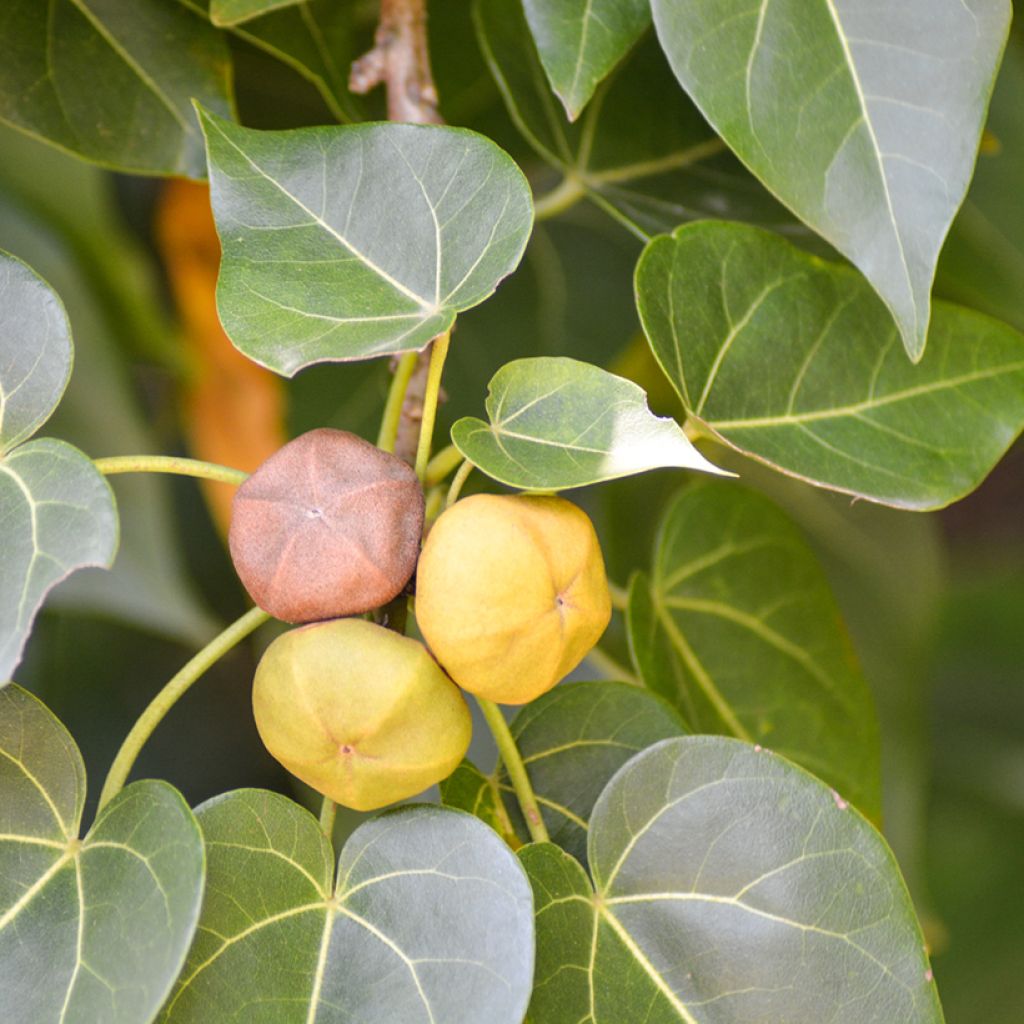

Thespesia populnea - Portia tree
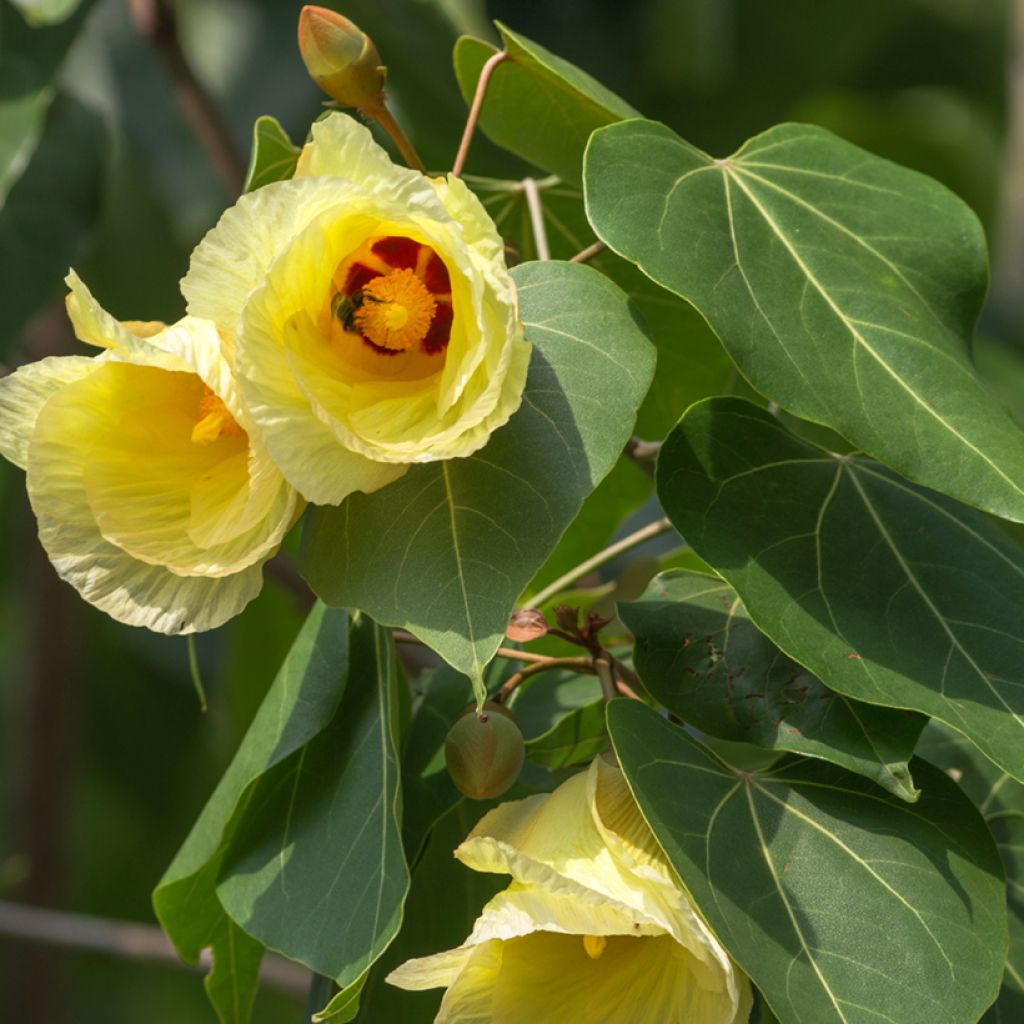

Thespesia populnea - Portia tree
Thespesia populnea - Portia tree
Thespesia populnea
Portia tree, Pacific rosewood, Indian tulip tree, milo
Special offer!
Receive a €20 voucher for any order over €90 (excluding delivery costs, credit notes, and plastic-free options)!
1- Add your favorite plants to your cart.
2- Once you have reached €90, confirm your order (you can even choose the delivery date!).
3- As soon as your order is shipped, you will receive an email containing your voucher code, valid for 3 months (90 days).
Your voucher is unique and can only be used once, for any order with a minimum value of €20, excluding delivery costs.
Can be combined with other current offers, non-divisible and non-refundable.
Why not try an alternative variety in stock?
View all →This plant carries a 24 months recovery warranty
More information
We guarantee the quality of our plants for a full growing cycle, and will replace at our expense any plant that fails to recover under normal climatic and planting conditions.
Does this plant fit my garden?
Set up your Plantfit profile →
Description
Thespesia populnea, commonly known as Pacific Rosewood, is a tropical tree that produces stunning yellow hibiscus flowers which turn orange and red as they fade. Found in many warm coastal regions around the world, it is prized for its beauty, rapid growth, and dense, durable wood. When planted in the ground, it forms a lovely shade tree in tropical climates, while in temperate regions, it is grown exclusively in pots in a greenhouse or heated conservatory. A plant that will delight collectors who love a challenge!
Thespesia populnea belongs to the large Malvaceae family, like baobabs. Its natural range extends from the coasts of East Africa and northeastern Sudan across the Indian Ocean, encompassing tropical and subtropical Asia to the Pacific. It is notably found in India, Sri Lanka, Southeast Asia, northern Australia, and the Pacific Islands, including Hawaii. It also grows along tropical coasts in the Americas, from the Caribbean to Florida. Its exact origin is debated, with some considering it native only to the Old World tropics, while others argue it has a pantropical distribution. Thespesia populnea is an evergreen tree, typically reaching a height of 6 to 10 metres, though it can grow up to 20 metres under optimal conditions. When cultivated in a large pot in temperate regions, it will not exceed 3 metres in height and 2 metres in spread. Its trunk is covered in greyish bark. The branches spread horizontally, forming a dense, rounded crown. The alternate, heart-shaped leaves measure between 10 and 30 cm in length, with a smooth, glossy upper surface. The flowers, solitary in the leaf axils and campanulate, measure 4 to 7 cm in diameter. They bloom in pale yellow with a brown centre, gradually turning salmon-orange, pink, purple, or red as they fade. Flowering is continuous throughout the year in warm climates. In European greenhouses, the plant can flower almost year-round, provided conditions are optimal (temperatures above 15-20°C, good light, and sufficient humidity). However, flowering is most abundant from spring to autumn (April to October), when light and warmth are most favourable for its growth. In winter, in a heated greenhouse with artificial lighting, it may continue to flower, though more sporadically, especially if artificial lighting is insufficient. The fruits of the Pacific Rosewood are nearly spherical capsules about 2.5 cm in diameter, divided into five compartments containing 1 cm long and 8 mm thick seeds. They only form in the wild.
Thespesia populnea is known for its rapid growth, particularly in warm, humid environments. It begins flowering as early as two years old. The tree is self-fertile. The seeds, housed in woody capsules, have the ability to float, aiding their dispersal by ocean currents. This adaptation explains its presence on many tropical coasts and islands. The dense and reddish-brown to chocolate wood of Thespesia populnea is valued in woodworking and for crafting artisanal objects, such as bowls and carvings. In many Polynesian cultures, the tree is considered sacred and is often planted near religious sites. Its fibres were traditionally used to make ropes and textiles. Additionally, various parts of the tree are used in traditional medicine to treat a variety of ailments.
A rare plant, perfect for showcasing in an equatorial or exotic greenhouse!
Report an error about the product description
Thespesia populnea - Portia tree in pictures


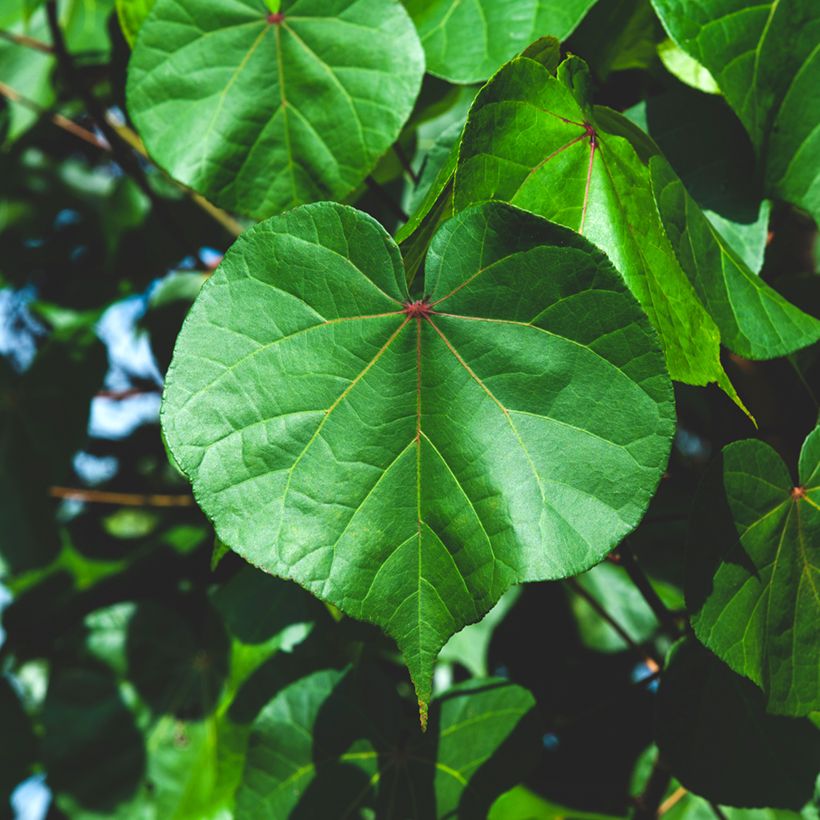



Plant habit
Flowering
Foliage
Botanical data
Thespesia
populnea
Malvaceae
Portia tree, Pacific rosewood, Indian tulip tree, milo
Thespesia macrophylla, Hibiscus populneus, Thespesia populneoides, Hibiscus populneoides
West Africa, East Africa, India, Southeast Asia, West Asia, Oceania, Central America, South America
Other Shrubs
View all →Planting and care
Growing Thespesia populnea in pots is obligatory in temperate climates.
Choose a deep and wide pot to accommodate the plant's taproot system. A well-draining substrate is essential; an ideal composition would be a mix of organic-rich compost and coarse sand to improve drainage. This composition prevents excess moisture, to which the plant is sensitive.
Place the pot in full sun. Thespesia populnea thrives under intense light, a necessary condition for vigorous growth and abundant flowering.
Keep the substrate consistently slightly moist, especially during the active growth period in spring and summer. Water regularly, ensuring water drains freely through the drainage holes to avoid stagnation. In winter, reduce watering but do not let the substrate dry out completely.
Thespesia populnea prefers temperatures between 20 and 26°C. It struggles with temperatures below 4°C and cannot tolerate frost. In temperate climates, it is recommended to bring the pot indoors or into a heated greenhouse once nighttime temperatures drop below 10°C. Maintain moderate ambient humidity, around 60%, with good ventilation to prevent excess stagnant moisture, particularly in winter when indoor heating dries the air.
Apply a balanced liquid fertiliser every two to three weeks during the growing season (spring and summer) to support foliar development and flowering. In autumn and winter, stop fertilising to allow the plant to rest.
Repot the plant every two to three years in spring, gradually increasing the pot size. This renews the depleted substrate and provides enough space for the expanding root system.
In greenhouses, Thespesia populnea can be attacked by several common pests. Whiteflies are frequent, and aphids can also be problematic on young shoots and tender leaves. Thrips, tiny elongated insects, cause scars and discolouration on foliage and flowers by puncturing plant cells while potentially spreading viruses. Spider mites, particularly active in hot, dry conditions, attach to the undersides of leaves and suck the sap, leading to yellowing and eventual desiccation of the foliage.
Regular monitoring, good ventilation, and humidity control help limit their appearance. In case of infestation, organic solutions such as introducing natural predators or treatments with black soap can be used to protect the plant.
Planting period
Intended location
Care
Planting & care advice
This item has not been reviewed yet - be the first to leave a review about it.
Haven't found what you were looking for?
Hardiness is the lowest winter temperature a plant can endure without suffering serious damage or even dying. However, hardiness is affected by location (a sheltered area, such as a patio), protection (winter cover) and soil type (hardiness is improved by well-drained soil).

Photo Sharing Terms & Conditions
In order to encourage gardeners to interact and share their experiences, Promesse de fleurs offers various media enabling content to be uploaded onto its Site - in particular via the ‘Photo sharing’ module.
The User agrees to refrain from:
- Posting any content that is illegal, prejudicial, insulting, racist, inciteful to hatred, revisionist, contrary to public decency, that infringes on privacy or on the privacy rights of third parties, in particular the publicity rights of persons and goods, intellectual property rights, or the right to privacy.
- Submitting content on behalf of a third party;
- Impersonate the identity of a third party and/or publish any personal information about a third party;
In general, the User undertakes to refrain from any unethical behaviour.
All Content (in particular text, comments, files, images, photos, videos, creative works, etc.), which may be subject to property or intellectual property rights, image or other private rights, shall remain the property of the User, subject to the limited rights granted by the terms of the licence granted by Promesse de fleurs as stated below. Users are at liberty to publish or not to publish such Content on the Site, notably via the ‘Photo Sharing’ facility, and accept that this Content shall be made public and freely accessible, notably on the Internet.
Users further acknowledge, undertake to have ,and guarantee that they hold all necessary rights and permissions to publish such material on the Site, in particular with regard to the legislation in force pertaining to any privacy, property, intellectual property, image, or contractual rights, or rights of any other nature. By publishing such Content on the Site, Users acknowledge accepting full liability as publishers of the Content within the meaning of the law, and grant Promesse de fleurs, free of charge, an inclusive, worldwide licence for the said Content for the entire duration of its publication, including all reproduction, representation, up/downloading, displaying, performing, transmission, and storage rights.
Users also grant permission for their name to be linked to the Content and accept that this link may not always be made available.
By engaging in posting material, Users consent to their Content becoming automatically accessible on the Internet, in particular on other sites and/or blogs and/or web pages of the Promesse de fleurs site, including in particular social pages and the Promesse de fleurs catalogue.
Users may secure the removal of entrusted content free of charge by issuing a simple request via our contact form.
The flowering period indicated on our website applies to countries and regions located in USDA zone 8 (France, the United Kingdom, Ireland, the Netherlands, etc.)
It will vary according to where you live:
- In zones 9 to 10 (Italy, Spain, Greece, etc.), flowering will occur about 2 to 4 weeks earlier.
- In zones 6 to 7 (Germany, Poland, Slovenia, and lower mountainous regions), flowering will be delayed by 2 to 3 weeks.
- In zone 5 (Central Europe, Scandinavia), blooming will be delayed by 3 to 5 weeks.
In temperate climates, pruning of spring-flowering shrubs (forsythia, spireas, etc.) should be done just after flowering.
Pruning of summer-flowering shrubs (Indian Lilac, Perovskia, etc.) can be done in winter or spring.
In cold regions as well as with frost-sensitive plants, avoid pruning too early when severe frosts may still occur.
The planting period indicated on our website applies to countries and regions located in USDA zone 8 (France, United Kingdom, Ireland, Netherlands).
It will vary according to where you live:
- In Mediterranean zones (Marseille, Madrid, Milan, etc.), autumn and winter are the best planting periods.
- In continental zones (Strasbourg, Munich, Vienna, etc.), delay planting by 2 to 3 weeks in spring and bring it forward by 2 to 4 weeks in autumn.
- In mountainous regions (the Alps, Pyrenees, Carpathians, etc.), it is best to plant in late spring (May-June) or late summer (August-September).
The harvesting period indicated on our website applies to countries and regions in USDA zone 8 (France, England, Ireland, the Netherlands).
In colder areas (Scandinavia, Poland, Austria...) fruit and vegetable harvests are likely to be delayed by 3-4 weeks.
In warmer areas (Italy, Spain, Greece, etc.), harvesting will probably take place earlier, depending on weather conditions.
The sowing periods indicated on our website apply to countries and regions within USDA Zone 8 (France, UK, Ireland, Netherlands).
In colder areas (Scandinavia, Poland, Austria...), delay any outdoor sowing by 3-4 weeks, or sow under glass.
In warmer climes (Italy, Spain, Greece, etc.), bring outdoor sowing forward by a few weeks.






























